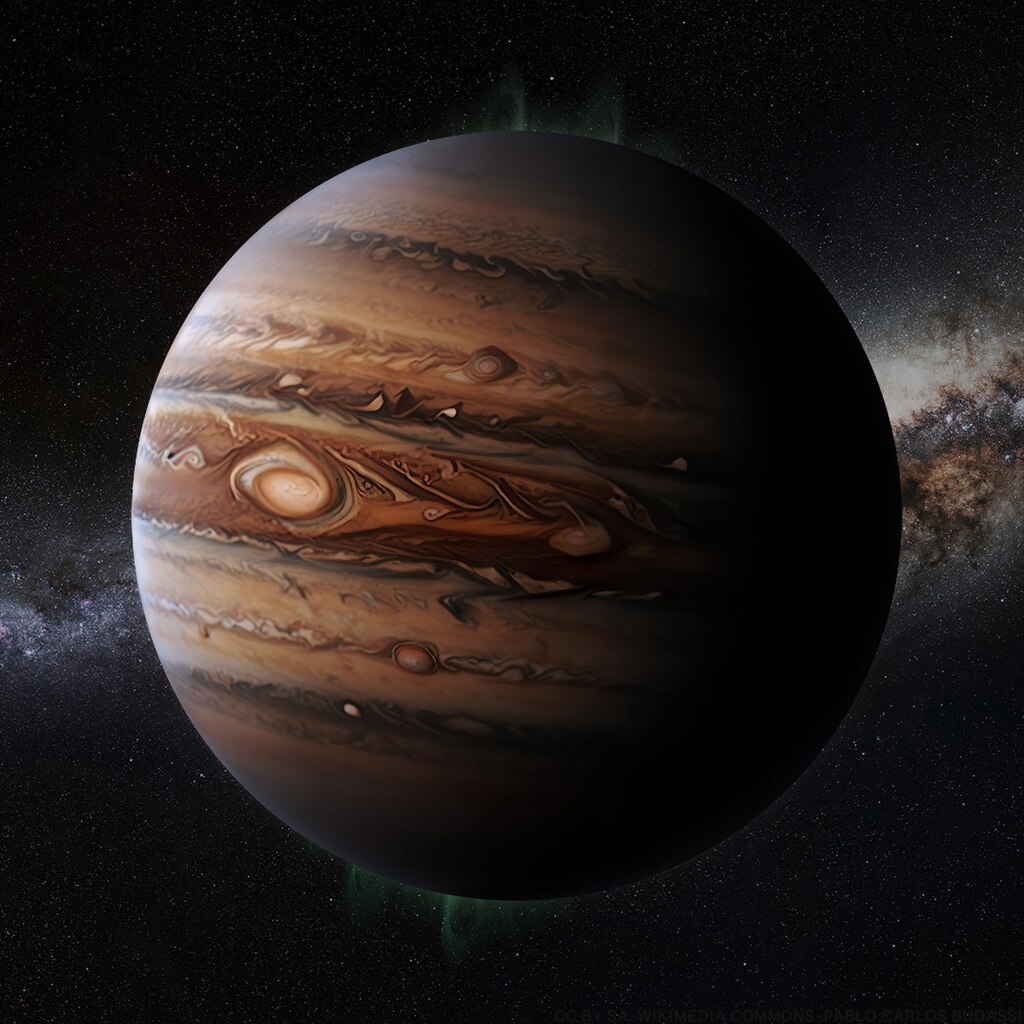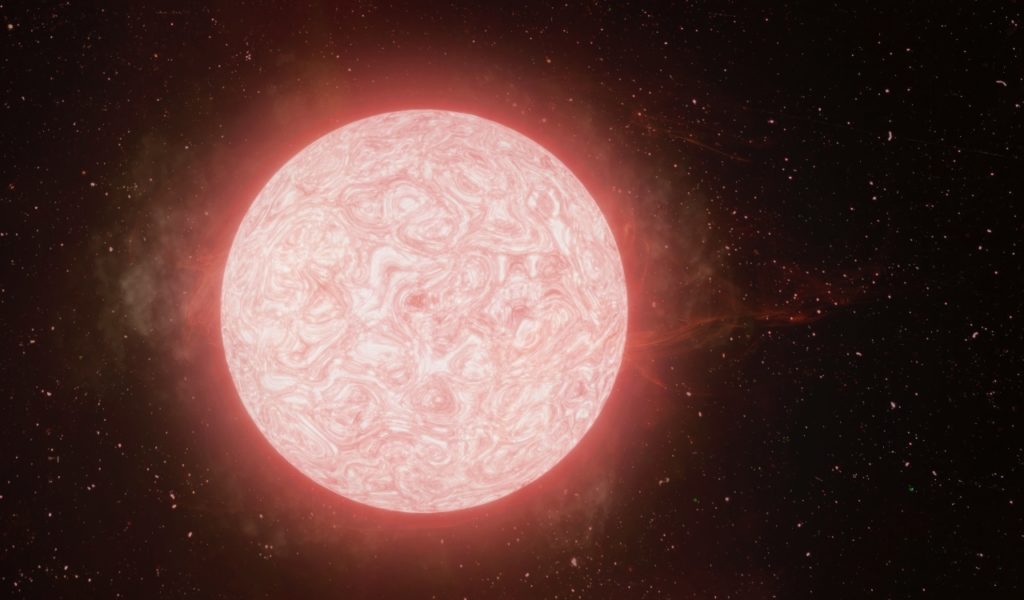For the very first time, scientists were able to spot a star eating a planet. This planet is said to have been around 10 times the mass of Jupiter (the largest planet in our solar system). It actually orbited a star that is 10,000 lightyears from Earth.
Due to its size and the fact that a star ate the thing alone, the demise gave off a huge burst of light. This was enough for some Earth telescopes on the ground and in space to capture it.
While this took place a few months back, sharing it with the journal Nature on May 3rd, we now know a little more about what happened. This situation has made a lot of people think more about what will happen to the Earth eventually.
Yes, we too will likely one day be eaten by our host star. That’s if it does not go into a supernova and destroy everything near it up to Neptune. A real Sophie’s Choice for planetary destruction, eh?
Stars were suspected for a long time to be open to the idea of eating the planets they host. Sort of like a spider hosting other insects in their home, only to devour them. While we suspected this for a long time, we did not know how often it took place.
This event is helping us find out how often it happens across the universe.
How Often Do Host Stars Eat A Planet?

Kishaly De is an astrophysicist at MIT and was operating as the lead in the research project that captured this star eating a planet it hosted. De claimed it was exciting to finally find this after a long time researching it.
The thing is, despite the research his team was doing, they were not seeking out some star eating a planet. In fact, their research was originally about hunting for binary stars. They were able to capture the star eating a planet because of the binary connection.
The system this took place in had stars that orbit each other. De had been using data from the Palomar Observatory in California to look for spots in the sky that were getting brighter faster than normal. Usually, surges of light like this can come from two stars getting close enough for one to start to suck matter from the other.
One event stood out to De during research in 2020 using the NASA NEOWISE telescope. A spot of light in the sky was getting 100 times as bright as it was previously. Which could be a sign of two stars merging. However, that’s not what the telescope saw.
What could he be seeing when it seemed so obvious before?
The NEOWISE telescope looks at infrared wavelengths of light. This is perfect for De’s research on binary stars. If two stars had merged, they would have released 1,000 times as much energy as was in the flash that De saw before.
Importantly, if two stars merged to produce a great flash, that region of space will be filled with hot plasma. However, the area only showed chilly dust. Strange result for a merging…unless something else happened.
The Planet Eating Star Phenomena

If the flash did not come from two objects smashing into each other, then both bodies were not stars. One of them had to be a huge planet. De claimed to be surprised that they had put the dots together to realize what actually happened.
Indeed, they did witness a star eating a planet.
Yet this occurrence is thought to now be relatively common in the universe. It is only lately that astronomers have seen more evidence of this. Initially, they were only seeing signs of stars preparing to eat planets nearby. They might also find debris left over from a stellar dinner.
A young star might consume a planet if it gets too close. Meanwhile, dying stars will often swell up to become supersized and turn into red giant stars. During this process, the star might very well eat a planet within its solar system.
The star that was found in this research was in the process of becoming a red giant. It is simply in the early stages of this move. We can expect our own Sun to turn into a red giant one day. Although, this is about 5 billion years away. Once it gets huge, Earth is going to be a light snack for it.
De said that trying to find Earth-like planets getting eaten “will be challenging, but we are actively working on ideas to identify them.”
We’re certainly excited to see what the team finds in the future.